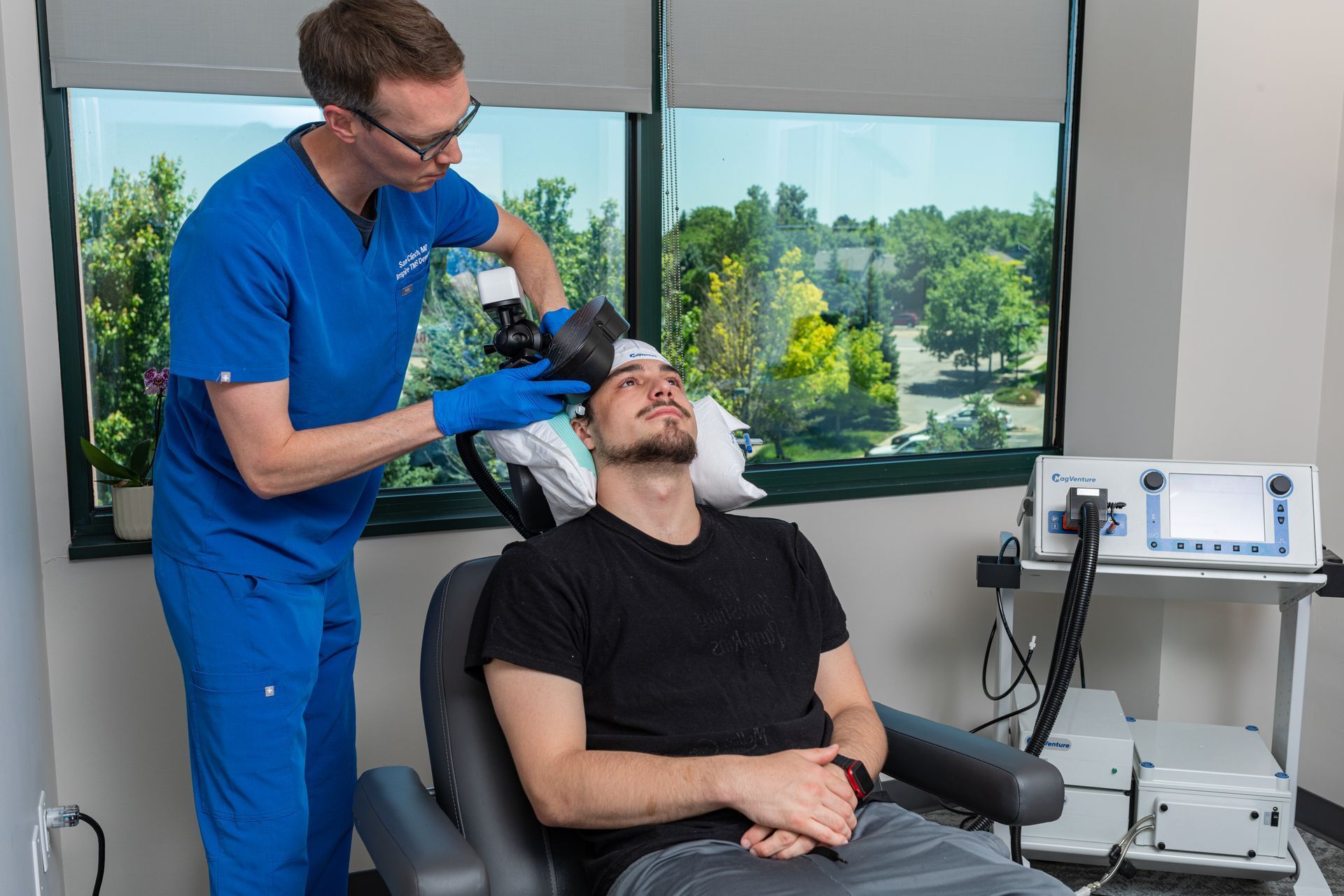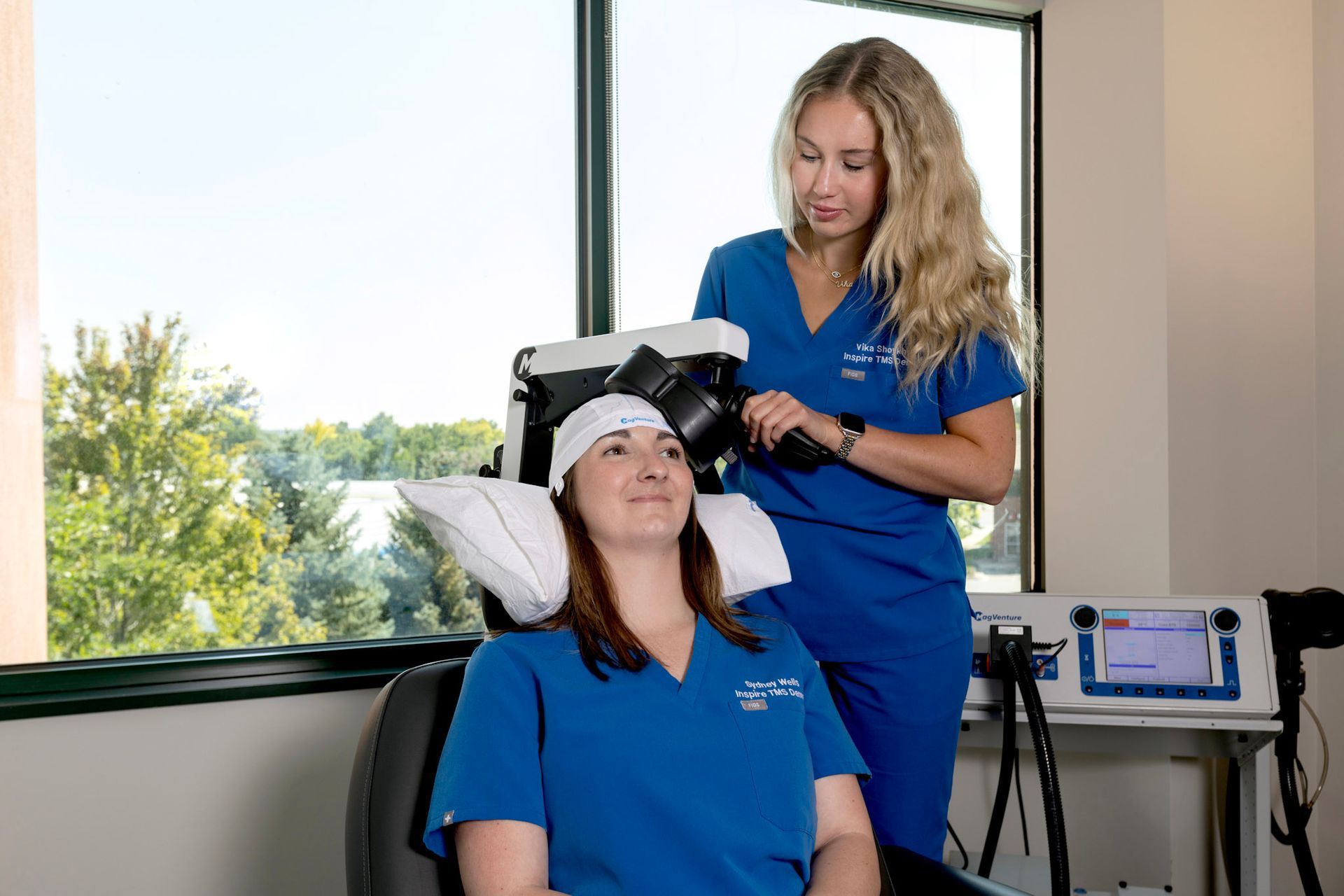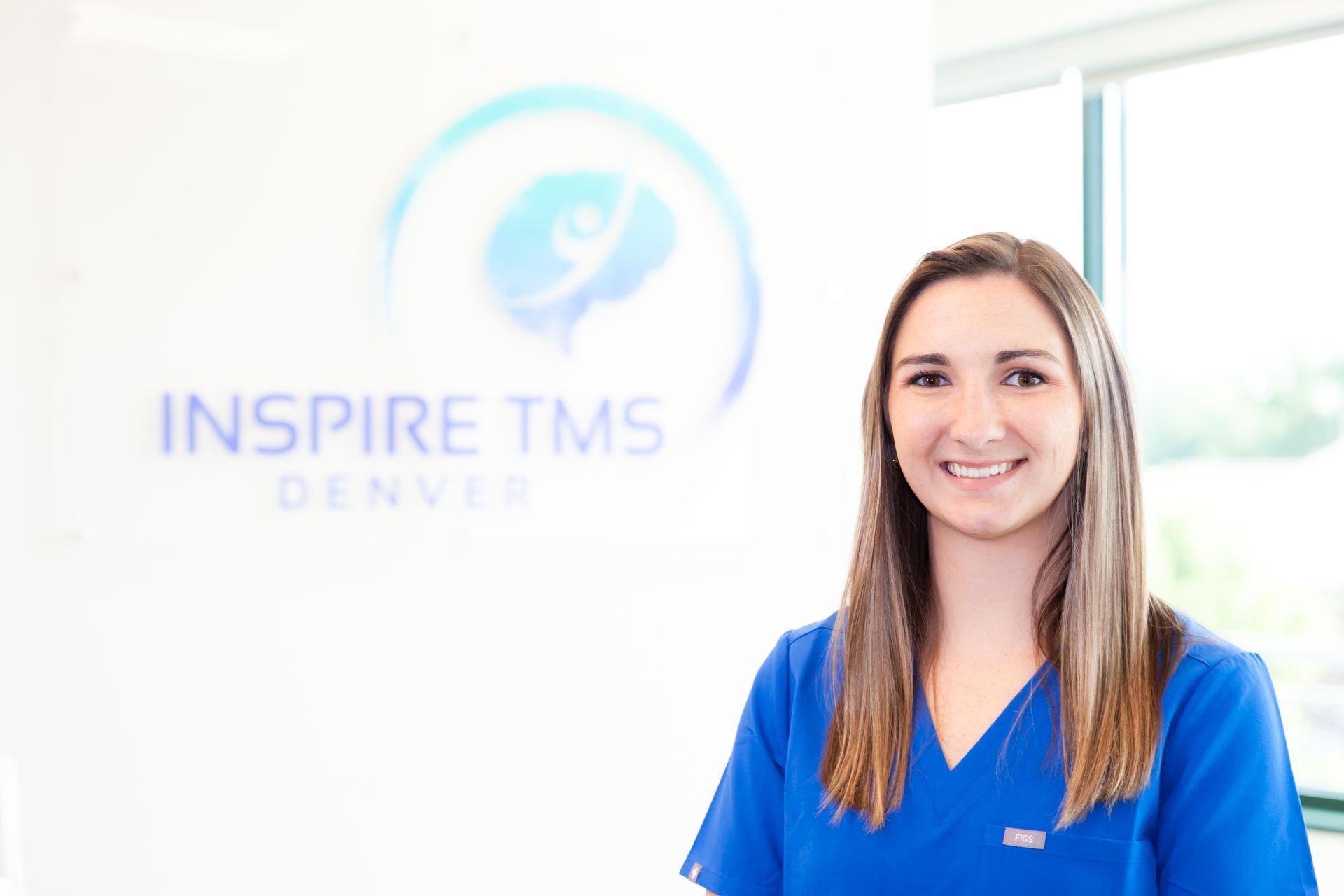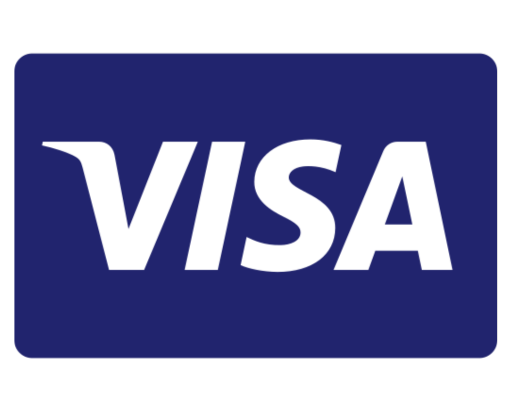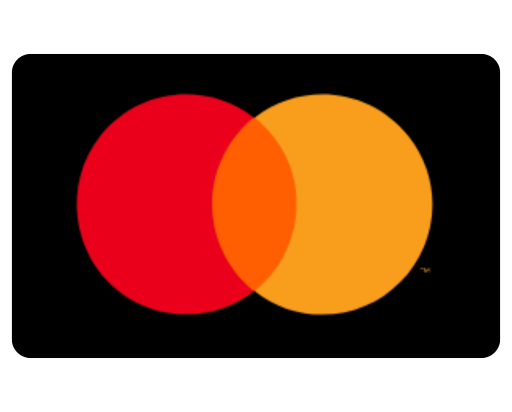TMS vs ECT (Shock Therapy): What’s the Difference?
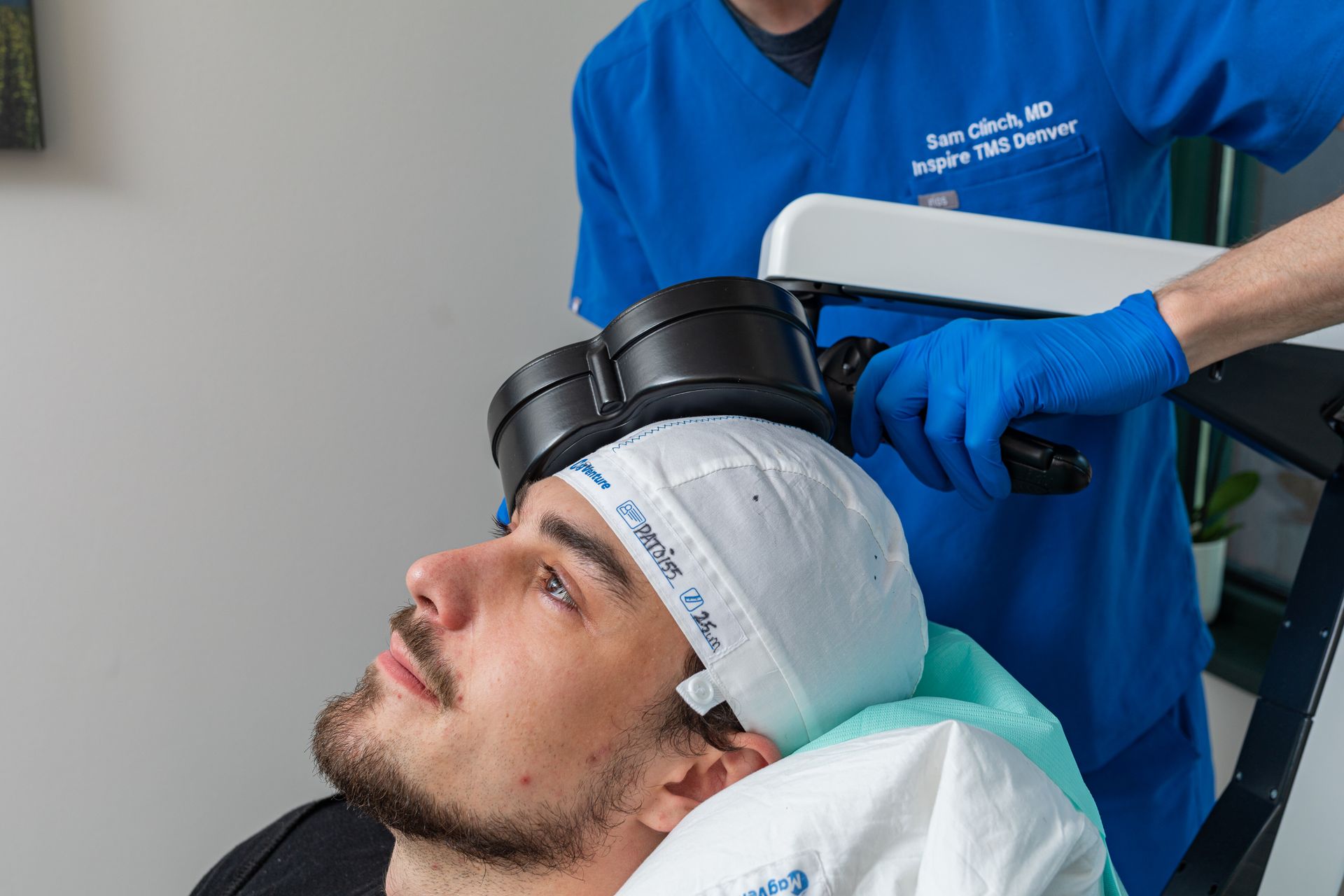
Both Transcranial Magnetic Stimulation (TMS) and Electroconvulsive Therapy (ECT) are FDA-approved, highly effective treatments for Treatment-Resistant Depression - but they work in very different ways.
At Inspire TMS Denver, we’re often asked how these two treatments compare, especially by patients seeking alternatives after medication hasn’t worked. Here’s what you need to know.
How Each Treatment Works
TMS uses focused magnetic pulses to stimulate specific areas of the brain associated with mood regulation. It’s a non-invasive, outpatient procedure with no need for sedation.
ECT, on the other hand, delivers electrical currents to the brain under general anesthesia to intentionally trigger a brief seizure. It’s performed in a hospital setting and usually reserved for severe cases.
| Feature | TMS | ECT |
|---|---|---|
| Type of Stimulation | Magnetic Pulse | Electrical Current |
| Setting | Outpatient Clinic | Inpatient Hospital |
| Anesthesia Required | No | Yes |
| FDA-Approved For | Treatment-Resistant Depression, OCD (Brainsway), Smoking Cessation (Brainsway) | Major Depression, Bipolar, Schizophrenia, Catatonia, NMS |
| Typical Side Effects | Mild scalp discomfort, headache | Memory loss, headache, anesthesia risks |
| Time Commitment | 30–36 sessions over 6–9 weeks | 6–12 sessions over 2–4 weeks |
| Recovery Time | None (patients can drive home) | Post-anesthesia recovery required |
A Brief History of ECT
ECT was first developed in the 1930s by Italian neurologist Ugo Cerletti. He observed pigs being calmed by electric shocks before slaughter and theorized that inducing seizures could have therapeutic effects in humans. Despite its media portrayal as outdated or unsafe, modern ECT is much safer than in the past, administered under strict medical supervision with anesthesia and muscle relaxants.
A Brief History of TMS
TMS’s roots trace back to Michael Faraday’s 1830s discovery of electromagnetic induction. But it wasn’t until the 1980s that Anthony Barker and his team in the UK developed a tool to stimulate the brain non-invasively. Since then, TMS has gained traction as a safe, outpatient treatment for depression and other mood disorders - and it continues to evolve rapidly with new protocols and technologies.
What the ECT Process Involves
- Done in a hospital
- Full sedation required
- Seizure is induced for 30–60 seconds
- Post-treatment recovery required
- Often used when other options fail
- Memory loss is a common side effect
What the TMS Process Looks Like
- Done in a clinic
- No sedation needed
- You stay awake the entire time
- Each session lasts 3–18 minutes
- Most patients feel only mild discomfort
- No downtime - you can drive home
Effectiveness & Who It’s For
Both treatments can be life-changing - but TMS is generally preferred as the first-line non-medication option due to its safety and tolerability. ECT may still be the best choice for patients with:
- Severe, psychotic, or catatonic depression
- Suicidal ideation requiring urgent relief
- Previous strong positive response to ECT
Is TMS or ECT Right for Me?
At Inspire TMS Denver, we offer free phone consultations to help you understand your options - including whether ECT might be more appropriate.
We specialize in TMS therapy, but we always discuss the full range of available treatments to ensure patients make informed decisions.
Final Thoughts
Both TMS and ECT have a place in modern psychiatry. While TMS offers a non-invasive, well-tolerated, and effective route for many patients, ECT remains a powerful option for those with severe or urgent cases. If you’re exploring alternatives to medication, we’re here to help.
Want to learn more about how TMS compares to other options like ECT, ketamine, or Spravato? Book your free 10-minute call with the doctor
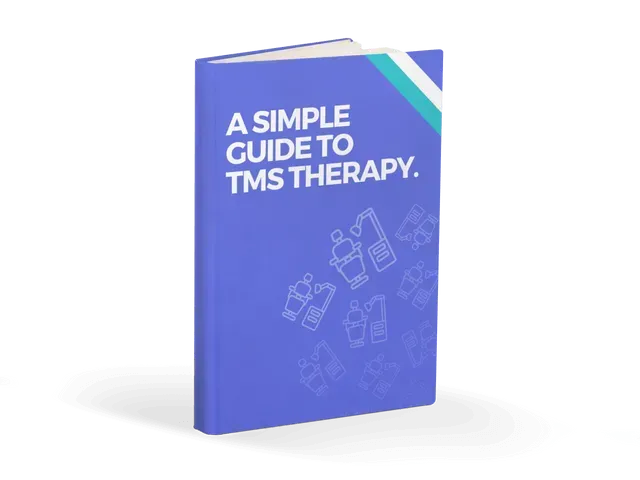
Every Question Answered
Want to know more about TMS? Check out this in-depth guide to TMS therapy with transparent and easy to understand explanations about TMS processes, protocols, and treated conditions.
Latest Posts


